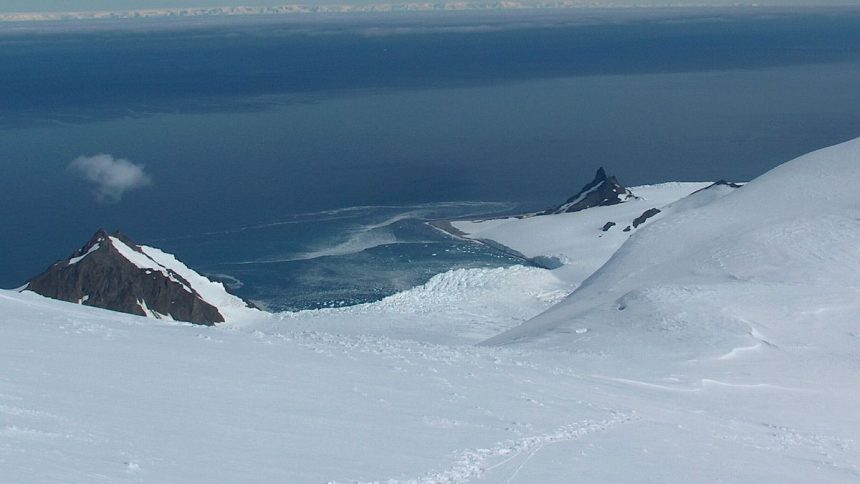The analysis of volcano seismicity is an important tool to improve the knowledge about volcano geodynamics. This kind of seismicity, generally, is related to the activity that is happening inside the volcanic edifice and it allows us to learn about the internal processes that are occurring there. Because of that, it has become necessary to know how the interior of volcanoes is, as a whole structure.
With the BRAVOSEIS project, we pretend to shed light on some questions about volcano structures and dynamics. Also, we will have the possibility to evaluate in a realistic way if the studied volcanoes can pose potential hazard.
- Objectives.
The BRAVOSEIS project is based on the deployment of seismic stations at Bransfield Strait Central basin that will allow us to record the seismological activity at this region. With that seismic network we are going to get a general idea about submarine volcanoes in the Bransfield Central basin. We will improve our understanding about how submarine volcanoes work and how volcanic edifices are. It becomes necessary to know environmental characteristics of volcanoes and their environment such as the geometry or the evolution of the surrounding area and how all of it relates with the extension rift in which they are.
- How is the the terrestrial crust at South Shetland Islands?
One of the most important aims is to shed light on the mechanism by which the rift is forming. We want to know about the shape, position and size of subducting plate, how deep is the Moho, if the crust is truly thinner at northeast direction of the strait or if oceanic crust is being created at this region.
The source location of tectonic earthquakes will allow us to know the geometry of subducting the plate and how it affect to the regional plate dynamics.
With this, our understanding of the Bransfield Strait Central basin will be better, adding clues to elucidate if the rift is forming by sinking of the Phoenix microplate under South Shetland microplate or by a shear phenomena between both microplates.
- Mapping of the Bransfield Strait.
From a seismic point of view, volcanoes are very heterogeneous structures that contain materials with very different physical properties. We also can find regions with totally or partially melted magmas, surrounded by solid rocks. Thus, we will use seismic methods to image the internal structure of some volcanoes of the Bransfield Strait.
We will focus on the existence of magmas under the volcanoes of the Central basin, to improve our knowledge about how the magmatic flow comes up to the surface. We will obtain high-resolution images of the region, and analyze the seismic activity from volcanoes to know which parts inside the volcanic edifice are seismically active.
Since volcanic centers are not co-linear, it could be suggested that the rifting phenomena may not be confined to a single plate boundary. But also it could be a signal of a segmented rift. We pretend to determine how big is the volcanic zone at the Central basin, if there exist a relationship with extension phenomena, and if the volcano plumbing systems have a connection among them.
- Going inside the volcanoes.
Volcanic activity involves a lot of processes that can generate seismic waves. The interaction of magmatic fluids inside the volcano with the rocks that surround it can create a seismicity of long and very long period. To improve our knowledge about this interaction would allow us to have a good idea of how are volcanoes in their interiors and we could discern in a more accurate way, the source of disturbances with a seismic origin.
With respect to that, in BRAVOSEIS we have as a goal to determine the level of volcanic seismicity along the Bransfield Strait and try to establish if volcanoes at Central basin are active or dormant.
We are going to address the temporal behavior of seismicity and discover if there are changes that could be interpreted as a magmatic migrations. This, together with the volcanic plumbing mapping, could help us to identify active volcanoes.
We also want to understand if the local stresses are related with the extension process that the region is undergoing. In order to reach this goal, we will study the spatial distributions of volcanic earthquakes.
Finally, we are going to study the possibility of the existence of an external volcanic activity by using the acoustic signals that these generate. We will also address if some of them could be related in a direct way to seismic events.
